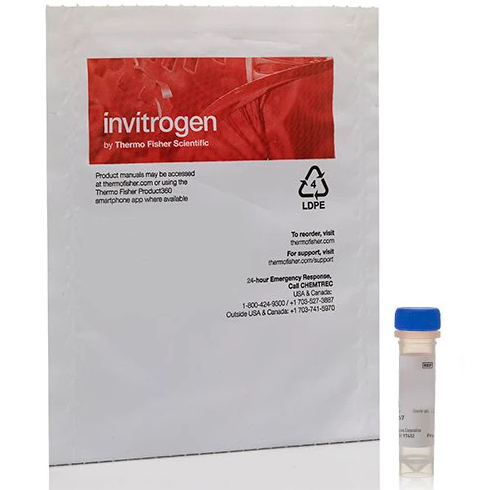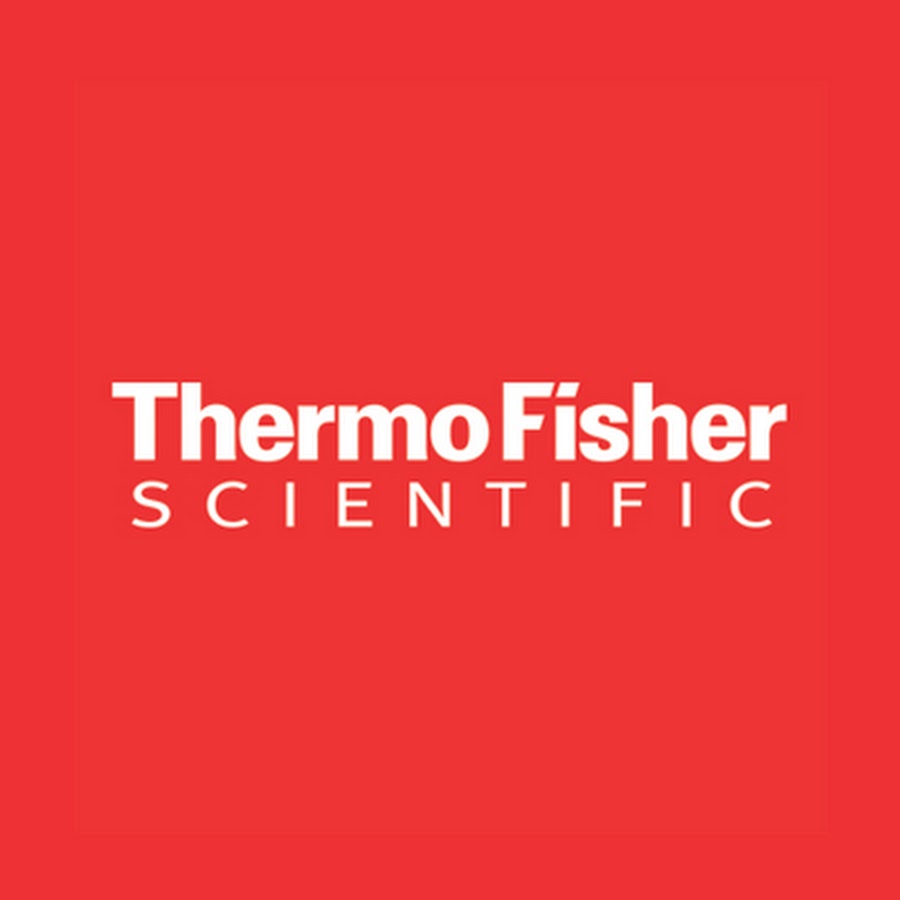Invitrogen 100 µg Ki-67 Monoclonal Antibody (SolA15), Brilliant Ultra Violet 805, eBioscience™
On demandInvitrogen 100 µg Ki-67 Monoclonal Antibody (SolA15), Brilliant Ultra Violet 805, eBioscience™
The monoclonal antibody SolA15 recognizes mouse and rat Ki-67, a 300 kDa nuclear protein. Ki-67 is present during all active phases of the cell cycle (G1, S, G2, and mitosis), but is absent from resting cells (G0). Ki-67 is detected within the nucleus during interphase but redistributes to the chromosomes during mitosis. Ki-67 is used as a marker for determining the growth fraction of a given population of cells. In studies of tumor cells, the "Ki-67 labeling index" refers to the number of Ki-67 positive cells within the population and this is used to predict outcome of particular cancer types. Ki-67 has been shown to interact with the DNA-bound protein chromobox protein homolog 3 (CBX3) (heterochromatin).
- Brilliant Ultra Violet™ 805 (BUV805) is a tandem dye that emits at 797 nm and is intended for use on cytometers equipped with an ultraviolet (355 nm) laser. Please make sure that your instrument is capable of detecting this fluorochrome.
- When using two or more Super Bright, Brilliant Violet™, Brilliant Ultra Violet™, or other polymer dye-conjugated antibodies in a staining panel, it is recommended to use Super Bright Complete Staining Buffer or Brilliant Stain Buffer to minimize any non-specific polymer interactions. Please refer to the datasheet for Super Bright Staining Buffer or Brilliant Stain Buffer for more information.
- Light sensitivity: This tandem dye is sensitive to photo-induced oxidation. Please protect this vial and stained samples from light.
- Fixation: Samples can be stored in IC Fixation Buffer (100 µL of cell sample + 100 µL of IC Fixation Buffer) or 1-step Fix/Lyse Solution for up to 3 days in the dark at 4°C with minimal impact on brightness and FRET efficiency/compensation. Some generalizations regarding fluorophore performance after fixation can be made, but clone specific performance should be determined empirically.
- Recommended Isotype Control: Rat IgG2a kappa Isotype Control (eBR2a), Brilliant Ultra Violet 805, eBioscience™
There are no specifications
There are no report
You May Also Like
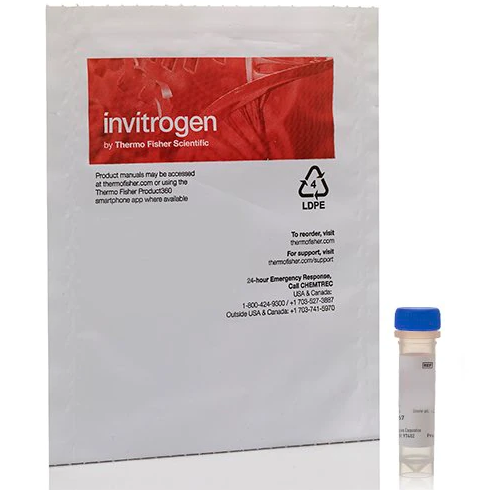
Invitrogen IL-17A Monoclonal Antibody (eBio64DEC17), PE, 100 Tests, eBioscience™
$ On demand
On demand
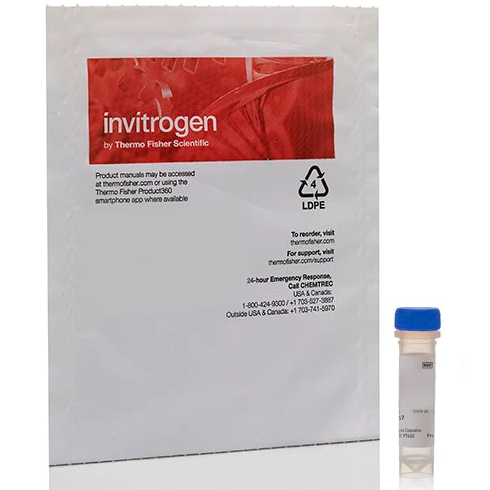
Invitrogen CD54 (ICAM-1) Monoclonal Antibody (HA58), Unconjugated, 25 µg, eBioscience™
$ 69
On demand

Invitrogen Rat IgG1 kappa Isotype Control (eBRG1), Alexa Fluor 700, 25 µg, eBioscience™
$ On demand
On demand
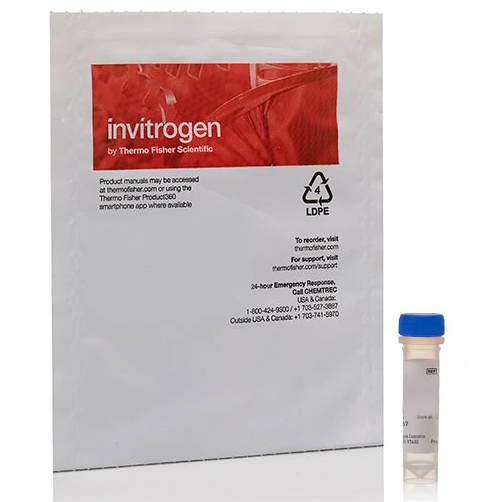
Invitrogen GL7 Monoclonal Antibody (GL-7 (GL7)), Biotin, 500 µg, eBioscience™
$ On demand
On demand
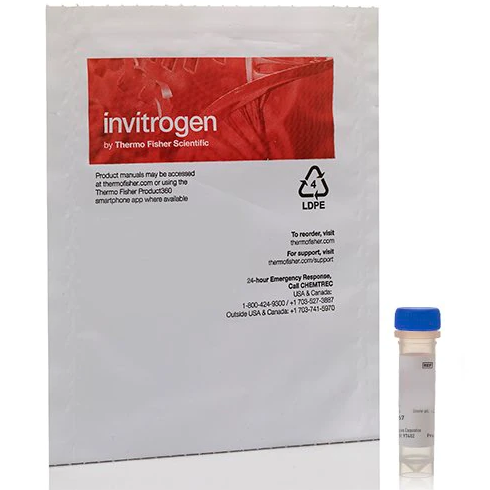
Invitrogen Armenian Hamster IgG Isotype Control (eBio299Arm), Super Bright 600, 100 µg, eBioscience™
$ On demand
On demand
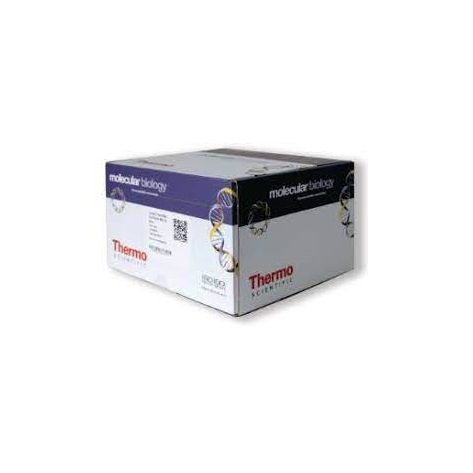
Thermo Scientific™ LanthaScreen™ Tb-labeled Anti-mouse Ab, 1 mg
$ On demand
On demand
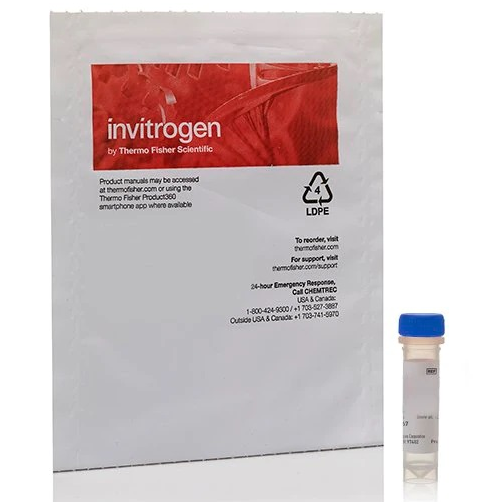
Invitrogen CD49f (Integrin alpha 6) Monoclonal Antibody (eBioGoH3 (GoH3)), eFluor™ 450, 100 µg, eBioscience™
$ 302
On demand
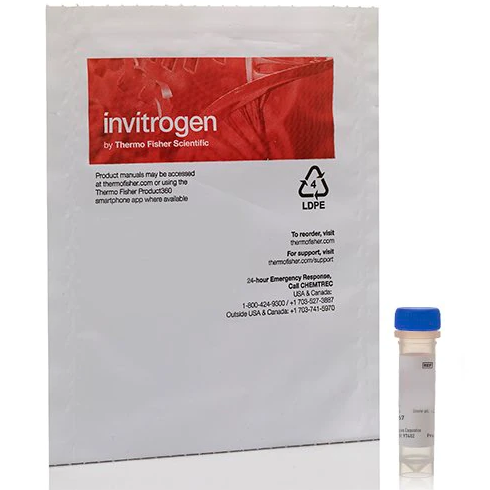
Invitrogen CD4 Monoclonal Antibody (SK3 (SK-3)), NovaFluor Yellow 700, 25 Tests, eBioscience™
$ On demand


